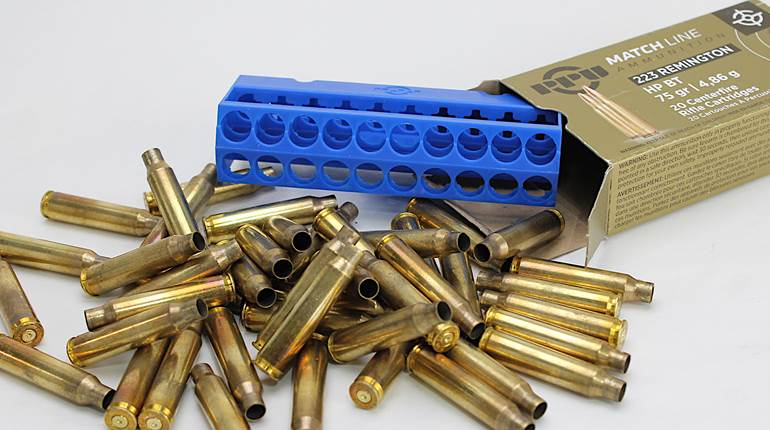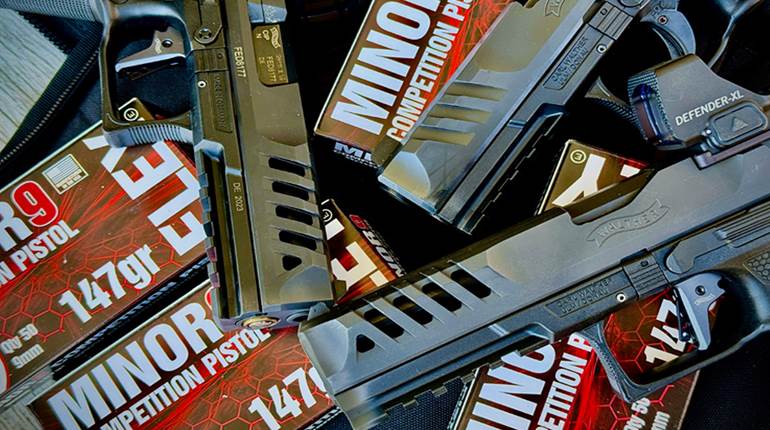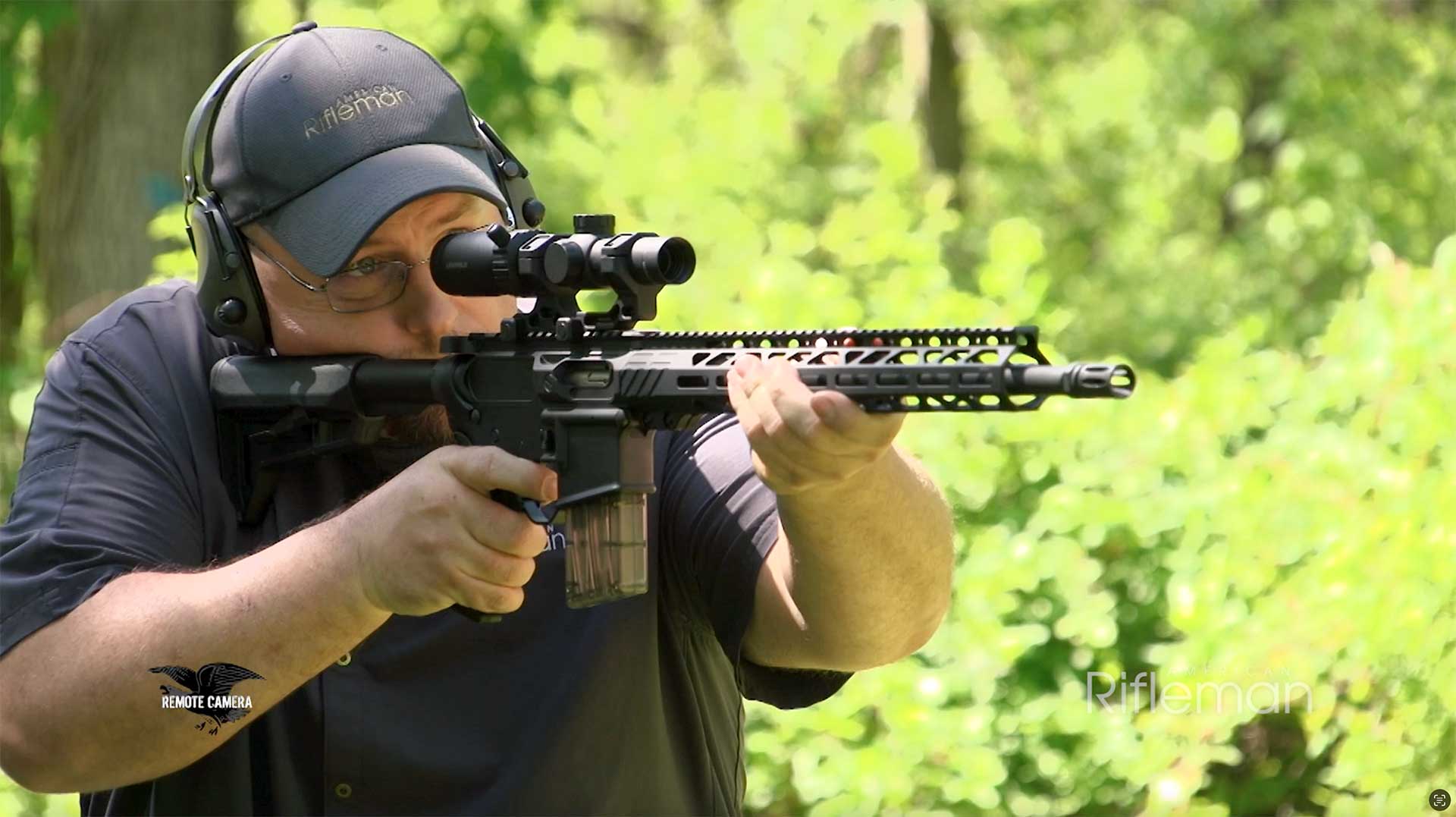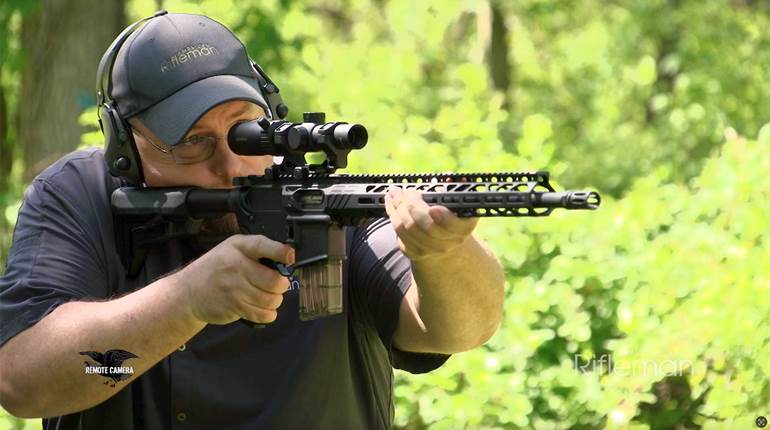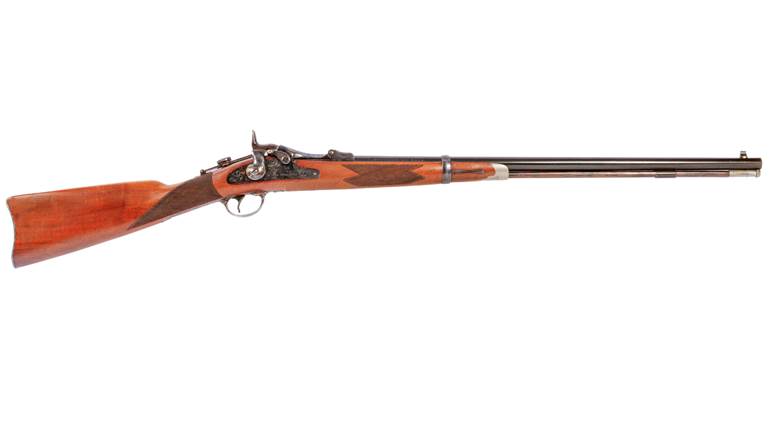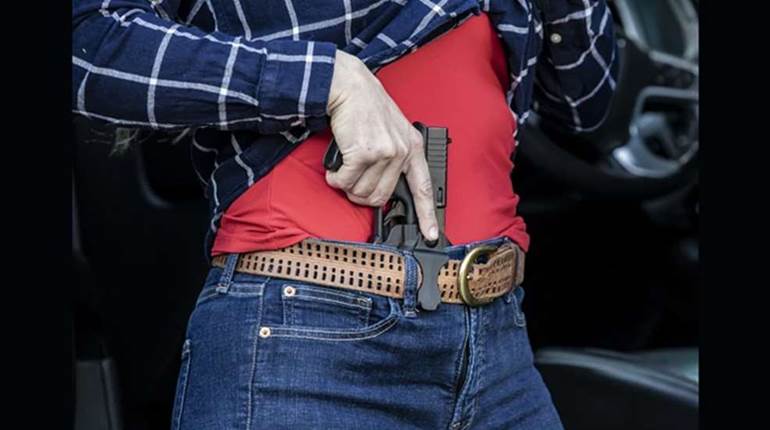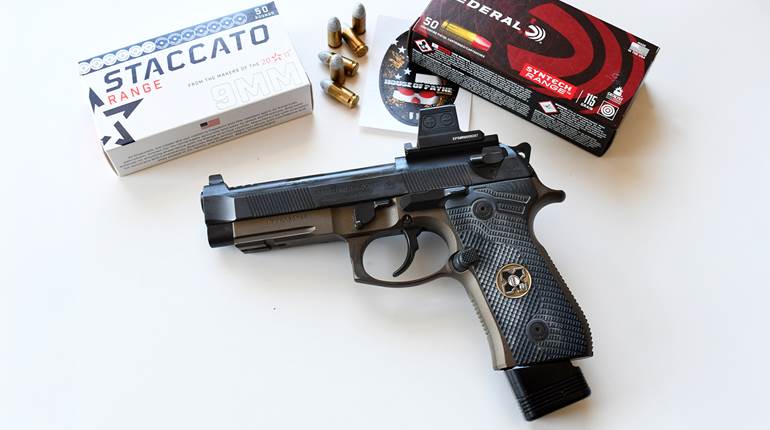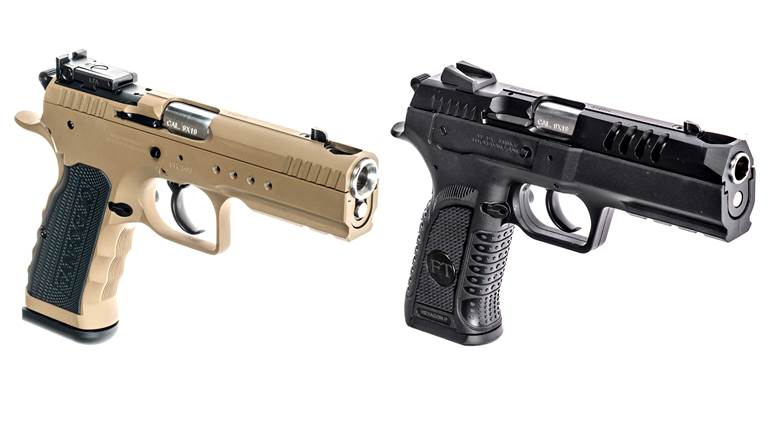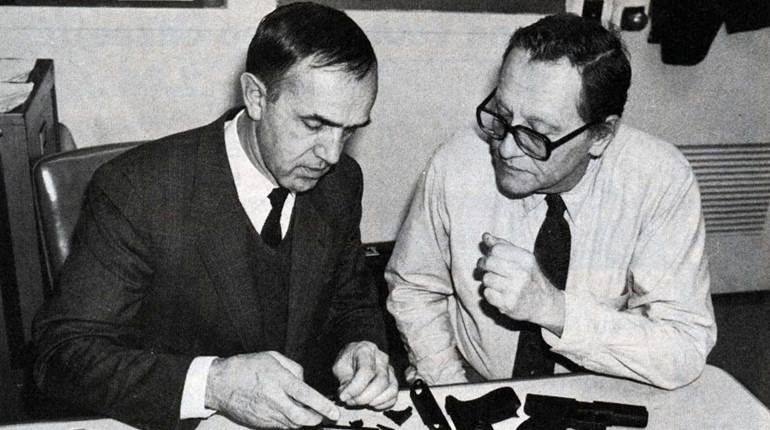
Q: I have owned and handled guns for 70 years, and have never been concerned about headspace. I have three sporterized Springfield 1903s. One had a nice shiny bolt, while my favorite one had a very dull bolt. So I switched those. Should I take it out and reach around a tree to fire it? Would the brass show any problems? If headspace is so critical, how come I read about fire forming brass? How do headspace gauges work?
A: While it is never recommended that one cavalierly trade bolts between rifles, if the process is monitored and precautions are observed, it may be perfectly safe. It’s probably unlikely that your three U.S. 1903 rifles feature the bolts with which they were originally fitted, and it’s totally possible that switching bolts could actually improve the headspace dimensions of the rifles involved. A competent gunsmith with proper gauges can check the result.
Keeping within the constraints of this space, the quick and dirty definition of headspace within a firearm is the distance from the bolt face, when the bolt is locked, to a location, usually within the chamber, that provides a “stopping point,” beyond which a cartridge may no longer move, and corresponds to a position on the cartridge. For purposes of uniformity (and thereby, safety), specifications have been established for both firearms and ammunition to assure function and safety. Because absolute dimensional perfection is unobtainable in manufacturing, there are tolerance limits allowed for both gun chambers and the ammunition to fire in them. An excessive headspace condition can exist because the ammunition is “undersize.”
See the cartridge illustration for the .30-‘06 Sprg. nearby. The headspace dimension for the chamber is from the bolt face to a point on the shoulder where the diameter is 0.375". It is allowed to be from 2.0487" to 2.0587", a difference of 0.010". Gauges are available to determine whether the chamber dimensions fall within that range. This is an “ideal” range, safe and functional. Extreme variations can be dangerous. Excessive headspace conditions in a rifle can be accommodated by certain reloading techniques, as long as an excessive unsupported case situation does not exist. While “fire forming” can apply to longitudinal dimensions, it also is a feature of radial expansion.
—John Treakle, Contributing Editor














